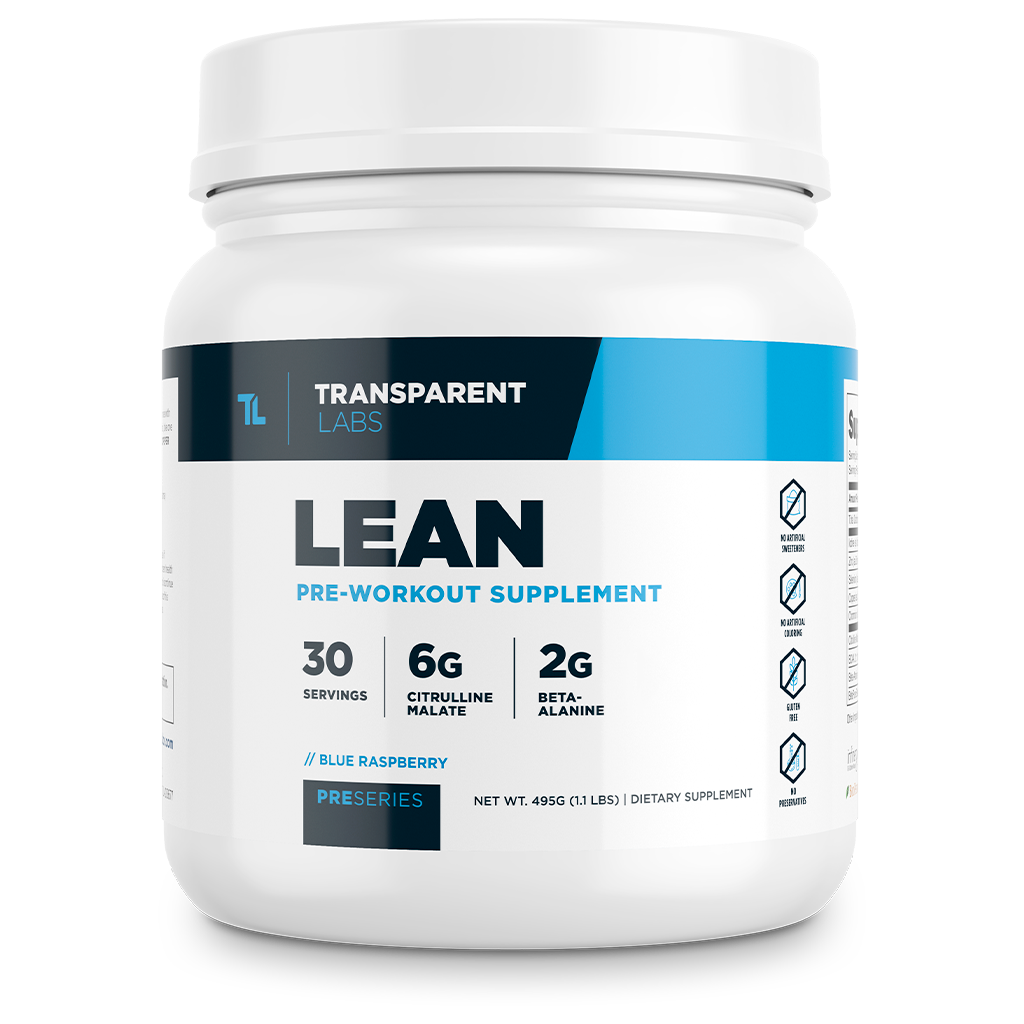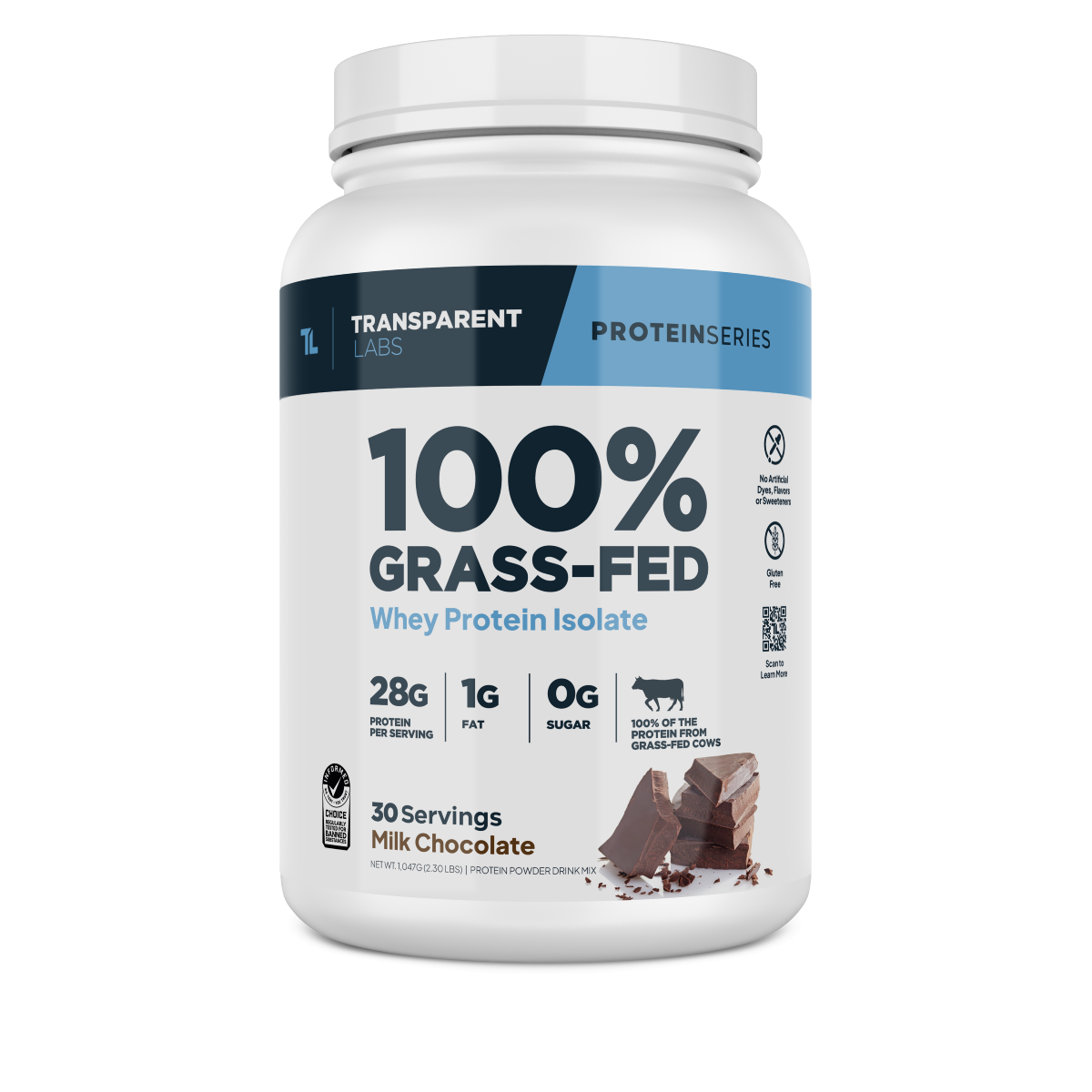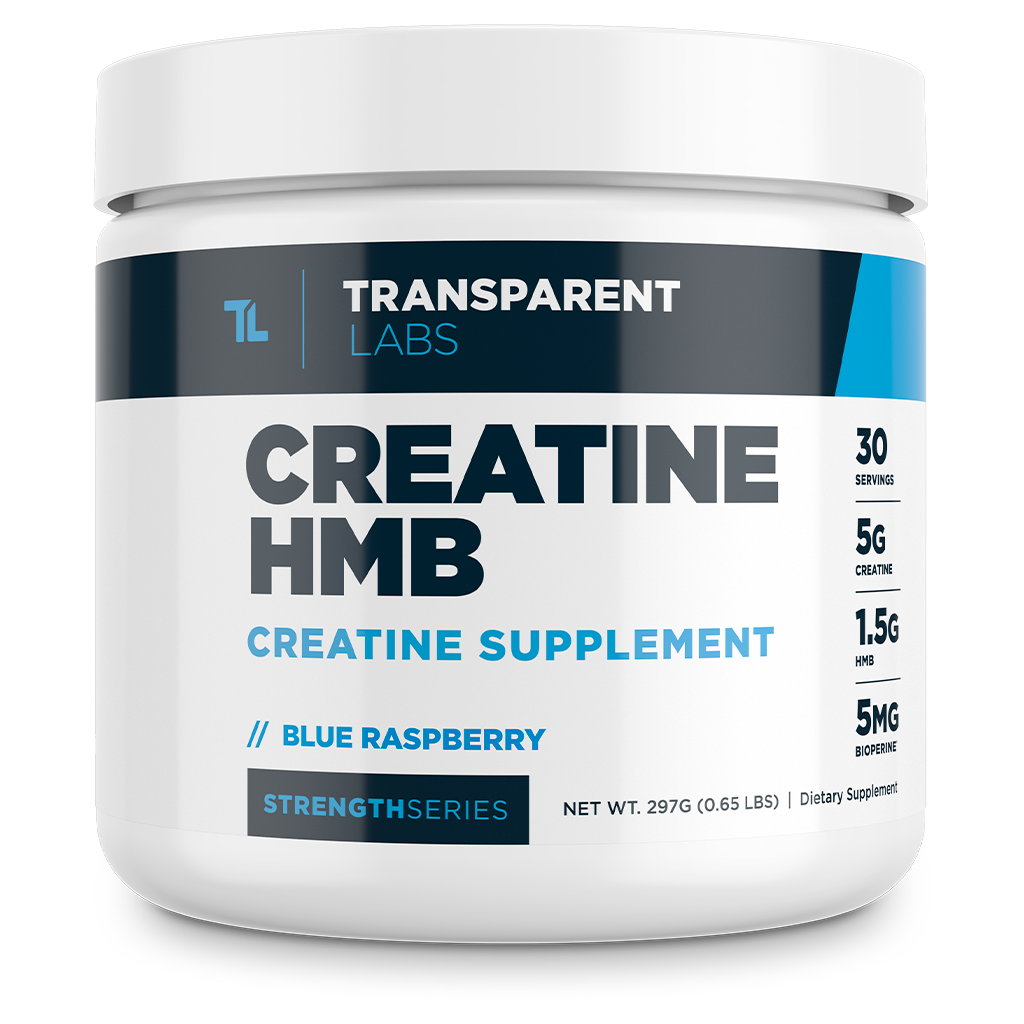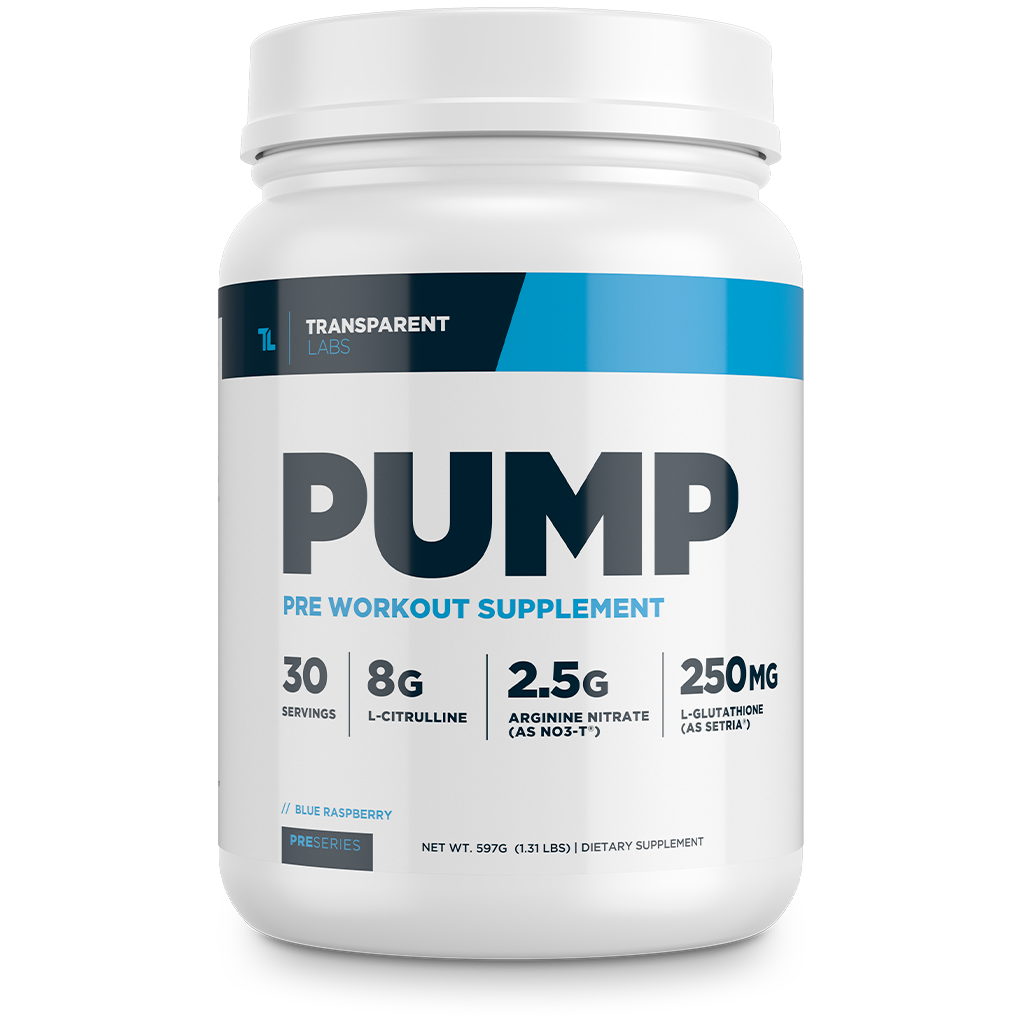Dumbbell Chest Workout: The Best Exercises for Size and Strength
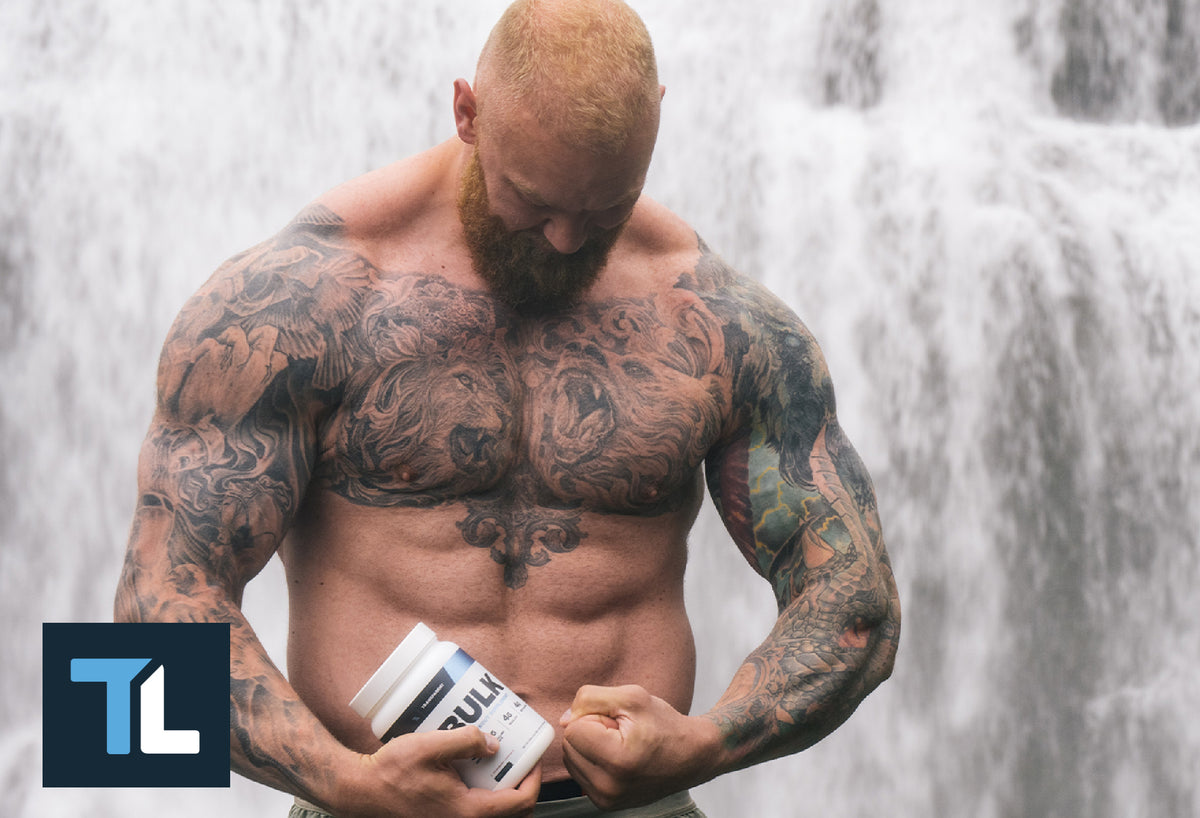
The Best Dumbbell Chest Workout to Grow Your Pecs
The dumbbell bench press is a powerful compound exercise for activating your pectoralis major, minor and stabilizer muscles of the upper body. But the dumbbell bench press isn't the only strength-training exercise that builds the chest muscles. There are also incline and decline variations along with dumbbell flyes and a range of assistance movements to include in your chest training routine.
Rest assured, all you need is a pair of dumbbells (and ideally an adjustable bench) to get in a solid chest workout. Unfortunately, many people increase their risk of shoulder injury — or worse, tear their pec — because of poor technique. In this guide, we’ll break down the proper form for each dumbbell chest exercise so you can grow your pecs safely and effectively.
Quick Overview of Chest Anatomy
The pectoralis major and pectoralis minor (aka "pecs") comprise the chest muscles. These muscles are responsible for several upper-body functions, including [1]:
- Protracting the shoulder blades (scapulae)
- Depressing the scapulae (the opposite of a shrugging motion)
- Flexing the humerus (moving the upper arm bone across your chest)
- Internal rotation of the upper arm
The pectoralis major takes up the most real estate with insertion points at the sternum, clavicle, ribs, and humerus. The sternocostal head (i.e., middle and lower chest) accounts for 80% of the pectoralis major's surface area; the remaining 20% comes from the clavicular head (upper chest) [2].

On the other hand, the pectoralis minor sits beneath the pec major and is attached to the ribs and coracoid process (part of the shoulder blade). As such, you can't really visualize your pec minor working during certain exercises as you can your pec major, but it's no less important. The good news is that pretty much every chest exercise involving the pec major also activates the pec minor.
Exercises to Include in a Dumbbells-Only Chest Workout
The cornerstone of any chest workout is a weighted pressing movement such as the flat incline dumbbell bench press or floor press. After all, there's a reason so many gym-goers want to put up big numbers on the bench; it's the ultimate display of your upper-body pushing strength. But the great thing about the dumbbell press is that it's much harder to "cheat" on than the barbell counterpart.
Along with a bench press exercise, a well-rounded chest workout should include a lateral movement such as dumbbell flys to stimulate the pec minor and the sternoclavicular head of the pec major. Lastly, the tricep/chest dip is a fantastic finishing exercise to complete "International Chest Day."
How to Perform the Dumbbell Bench Press

The flat dumbbell bench press is arguably the most effective exercise for activating the pectorals. It also recruits the anterior deltoids and triceps. When performed correctly, your lats, lower back, and glutes should be engaged as well.
To get you started on the right foot, here's a walkthrough on benching with dumbbells:
- Getting into the starting position can be tricky at first, so start with a relatively lightweight. Then, holding a dumbbell in each hand (palms facing toward each other), sit on a flat bench and place the dumbbells on top of your knees.
- When you're ready to begin the set, slowly lay back on the bench by elevating your knees (and the dumbbells) so that your arms are straight, slightly below your collarbone, and perpendicular to the floor. Rotate your palms towards the pronated position
- Take a deep breath, and lower the dumbbells toward your chest until your elbows are just below parallel to the floor (the inside edge of the dumbbell might touch the outer region of your pecs, but don't bounce the weight off your chest.)
- For maximum chest activation, pause briefly at the bottom of the movement before pressing the weights back to the starting position. We generally don't recommend over-flexing at the top of the movement (i.e., bringing the ends of the dumbbells together). This can place unnecessary strain on the rotator cuffs without adding much value to pec activation. Instead, the idea is to press the dumbbells vertically and ever so slightly inwards.
- Repeat steps 3 and 4 for multiple reps to complete one set.
Notes:
- The midline of the dumbbells should be in line with your nipples at the bottom chest pause. If it's closer to your neck, your arms are too far above your shoulders.
- Use a lighter weight if you're new to this exercise.
- Do not over-arch your lower back or lift your glutes off the bench at any point during the exercise. Instead, keep your feet shoulder-width apart and flat on the floor while maintaining a slight curve in your lower back.
- Drive your scapulae into the bench and brace your core.
- Remember to breathe properly! Take a deep breath before beginning the eccentric portion of each rep, then exhale as you finish pushing the dumbbells back up.
What Are the Extra Benefits of the Dumbbell Bench Press?
For just about every barbell chest exercise, there's a dumbbell variation. The benefits of utilizing dumbbell chest exercises in your strength routine include:
- A greater range of motion at the bottom and top of the movement, leading to a more intense focus on your pecs (and shoulders/delts).
- More emphasis on stabilizer muscles, especially the rotator cuff — one of the most common muscle groups to injure doing barbell bench presses.
- You’ll gain muscle more evenly. During barbell exercises, your dominant side can train harder than your less-dominant side. Free weights, on the other hand, do not share the load between both arms. As a result, muscles will grow more symmetrically.
How to Perform the Dumbbell Fly
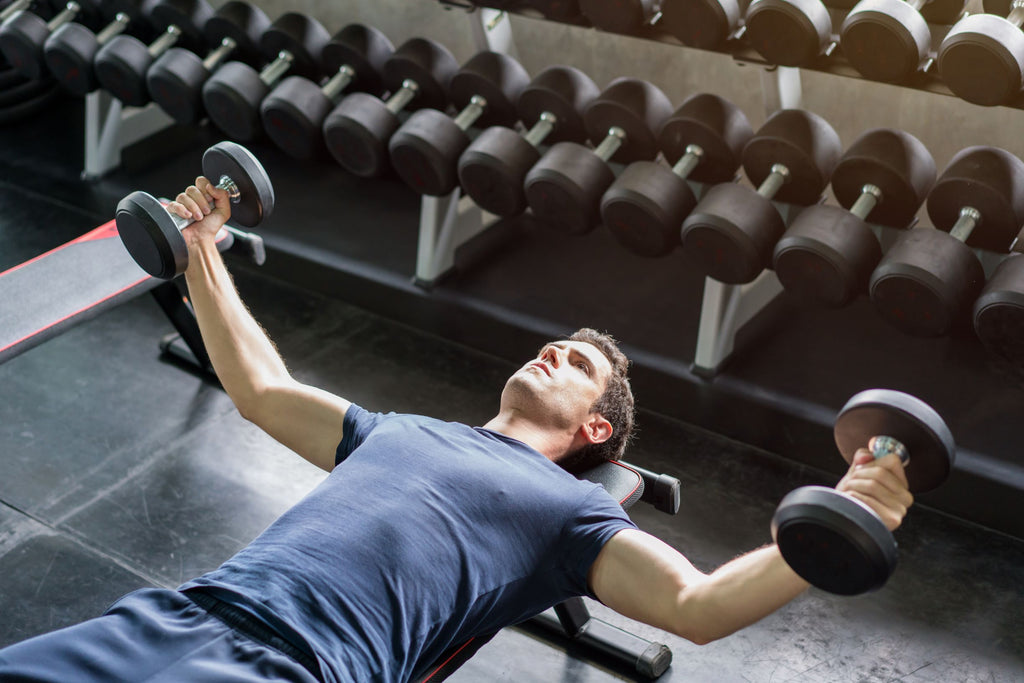
Dumbbell flys are good for adding more training volume and engaging the pec minor and the sternoclavicular head of the pec major. Like the bench press, the dumbbell fly can be performed at multiple angles if you have access to an adjustable bench. We recommend using a mix of the incline, decline, and flat chest press and fly so you properly target the upper, lower, and middle pecs, respectively.
Setup for the dumbbell fly is the same as the dumbbell press, but the execution is different:
- Lie back on a bench holding a pair of dumbbells (one in each hand) directly above your chest
- With palms facing each other and a slight bend in your elbows, take a deep breath and lower the weights in an arc out to the sides as far as is comfortable.
- Use your pectoral muscles to reverse the movement back to the start.
- Repeat steps 2 and 3 for multiple reps to complete one set.
Notes:
- Keep a slight bend in your elbows.
- Don't stretch too far at the bottom as this places unnecessary stress on your shoulders.
- Remember to breathe properly!
Flat vs. Incline and Decline Dumbbell Bench Press/Fly
The incline bench press/fly activates as much of the upper-chest muscle as the flat position does [3]. However, the incline bench position recruits less of the middle and lower chest, which allows you to feel your upper pecs working more.
On the flip side, the decline bench press primarily targets the lower chest region and works the triceps, serratus anterior, and lats to a lesser degree. Luckily, very little emphasis is put on the deltoids with the decline chest press, making it a great way to add variation and extra training volume (e.g., reps and sets) without compromising the shoulders.
How to Perform Dips for Chest Emphasis
While dips are not necessarily a strict dumbbell chest exercise, they are an undoubtedly effective way to train the pecs (and triceps). With some slight technique modifications to dips, you can place more emphasis on the chest:
- Lean your torso forward about 20-30 degrees
- Position your elbows just outside shoulder-width apart
- Bring your knees slightly forward, so your body is shaped like a "C"
- Brace your core to maintain the position throughout the movement
- Keep your head in line with your spine as you go down (don't look up at the ceiling)
Avoid these common dip mistakes:
- Contract your upper back so that your shoulders/scapulae don’t protract as you go down.
- Use assistance if necessary to hone the technique; your reps should be smooth and controlled; no bouncing or swinging up and down.
- Don’t lock your elbows at the top: Stop just a little shy of a full lockout to spare your joints and keep tension on the muscles.
Dumbbell Chest Workout: Press, Fly, & Dip Your Way to Big Pecs
Dumbbells are one of the best pieces of fitness equipment out there to target the chest. Here are some sample push workout routines to try next time you hit the gym:
Chest Workout 1
*AMRAP = As many reps as possible
| Exercise | Sets | Reps | |
| Incline Barbell Bench Press | 4 | 8, 8, 6, AMRAP | |
| Decline Dumbbell Bench Press | 3 | 12-15, 10-12, AMRAP | |
| Flat Dumbbell Fly | 3 | 12-15, 10-12, AMRAP | |
| EZ-bar Skullcrushers | 3 | 10, 10, AMRAP | |
| Bodyweight Dip (add weight if you can) | 3 | 12-15, 10-12, AMRAP | |
| Tricep Pressdown (V-bar) | 3 | 12-15, 10-12, AMRAP |
Chest Workout 2
| Exercise | Sets | Reps | |
| Flat Dumbbell Bench Press | 4 | 8, 8, 6, AMRAP | |
| Incline Dumbbell Bench Press | 3 | 12-15, 10-12, AMRAP | |
| Decline Dumbbell Fly | 3 | 12-15, 10-12, AMRAP | |
| Overhead Dumbbell Tricep Extension | 3 | 15, 12, AMRAP | |
| Bodyweight Dip (add weight if you can) | 3 | 12-15, 10-12, AMRAP | |
| Tricep Pressdown (Rope) | 3 | 12-15, 10-12, AMRAP |
Takeaways: Dumbbell Chest Exercises
When it comes to working your chest with dumbbells, variations of the press, fly, and dip are all you need for total pec development. When performed correctly, these chest exercises activate all of your pectoral muscles to varying degrees. The flat bench press is generally the best of the bunch, especially for beginner bodybuilders.
However, we believe the best way to grow chest muscle mass and strength is to base your entire chest workout around all three main barbell chest presses. From there, you can diversify your workout with a collection of accessory lifts that also activate the entire chest.
And don't forget to follow up your training with proper nutrition and supplementation. Try Transparent Labs' post-workout recovery supplement for an evidence-based formula that promotes strength and muscle growth after your chest workouts.

